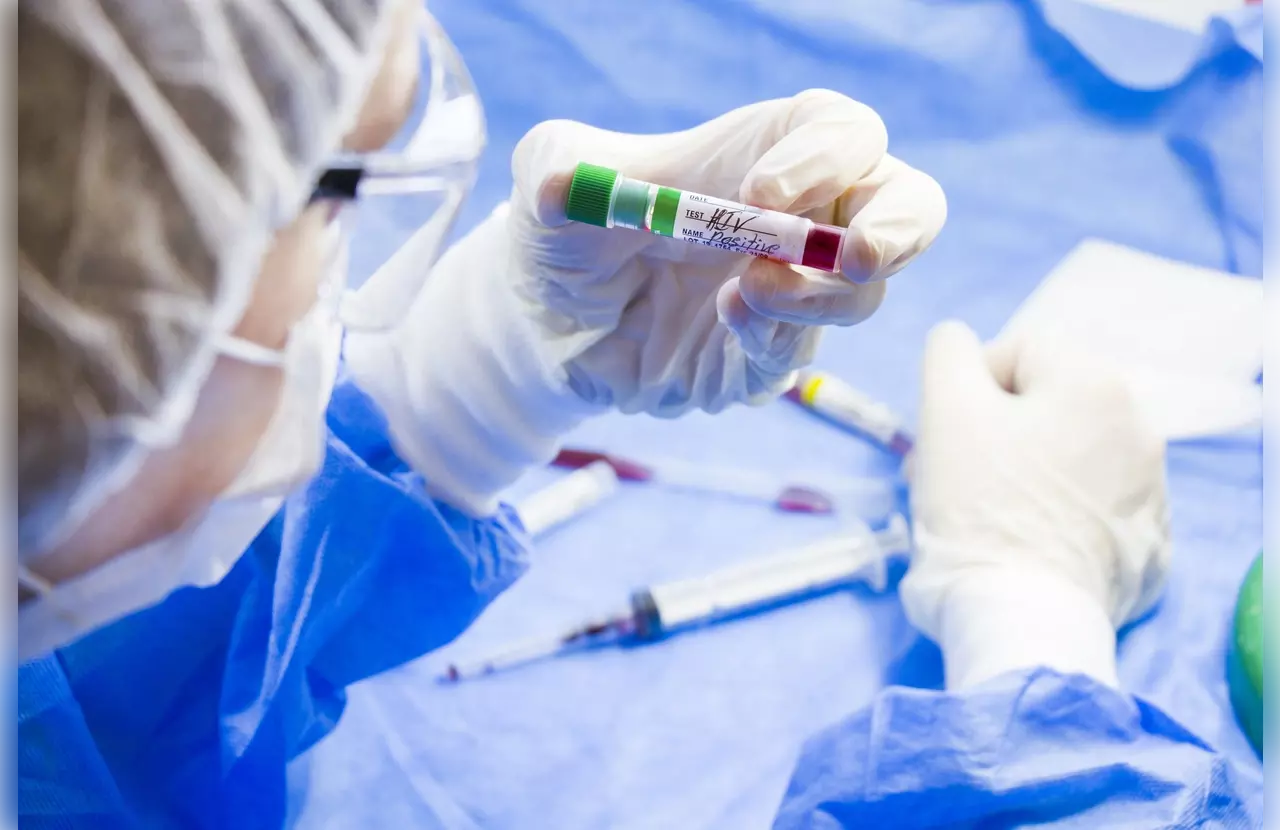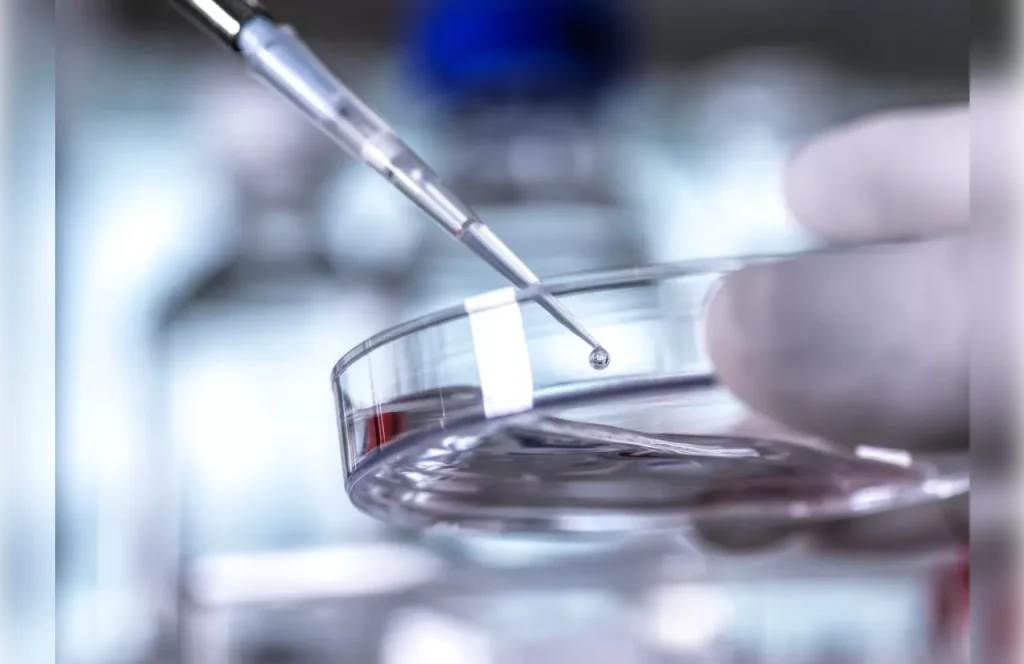
Understanding autologous is key for those looking into advanced medical treatments. Autologous means cells, tissues, or blood from the same person used in their own body. This method lowers the chance of immune rejection and disease spread. It’s why many choose it for medical procedures.
At Liv Hospital, we focus on autologous procedures for the safest, most advanced care. Using a patient’s own cells or tissues cuts down on risks. It also makes treatments more effective.

Knowing what ‘autologous’ means is key in healthcare. It’s about using a patient’s own body parts in medical treatments. This makes treatments safer and less likely to cause bad reactions.
The word ‘autologous’ comes from the Greek ‘auto,’ which means ‘self.’ In medicine, it means using cells, tissues, or organs from the same person. This background helps us see how autologous treatments work in healthcare.
In medicine, ‘autologous’ means using a patient’s own body parts for treatment. For example, autologous bone marrow transplantation uses the patient’s stem cells after chemotherapy. This method lowers the chance of bad reactions and boosts compatibility.
Using a patient’s own body parts in treatments has changed healthcare for the better. As we learn more, we see how important ‘autologous’ is in today’s medicine.
To understand autologous treatments, knowing its definition and use in medicine is key. “Autologous” means using a patient’s own cells, tissues, or organs for treatment.
In medical settings, autologous materials are used to lower the chance of immune rejection and disease spread. The medical term autologous reduces the risk of immune rejection and transmission of infectious diseases. This method uses a patient’s own cells or tissues, which are taken, processed, and then put back into the patient. It helps avoid complications from immune reactions.
Some common uses of autologous treatments include:
It’s important to know the difference between “autologous,” “allogenic,” and “heterologous.” Allogenic means using materials from another person of the same species. Heterologous means using materials from a different species. Healthcare professionals need to understand these terms to choose the best treatments for patients.
The main benefits of autologous treatments are lower risks of immune rejection and disease spread. These advantages make autologous procedures a top choice in many medical situations.
The term “autologous” is often used in medicine, but it can be hard to say. Clear talk in healthcare is key, and knowing how to say “autologous” helps a lot.
To say “autologous” right, break it down: “aw-TAH-luh-gus.” The stress is on “TAH.” It sounds smooth after that. Here’s a quick guide to help you:
While “aw-TAH-luh-gus” is the usual way, people might say it differently. This can happen because of where they’re from or not knowing the word well. It’s good to practice the right way to say it.
Doctors say getting the pronunciation right is important. “Clear and correct pronunciation is fundamental to being understood in the medical field.”
By using this guide, you’ll get better at saying “autologous.” This will help you talk better in medical settings.
Autologous procedures use materials from the patient’s own body. This makes them safer and more effective than traditional treatments. Medical experts say they are a big step forward in personalized medicine.
Autologous procedures are great because they match well with the body. This is because the materials come from the patient themselves. It lowers the chance of bad reactions.
For example, autologous blood transfusions and skin grafts work better. They heal faster because they’re less likely to be rejected.
To make sure these treatments work well, doctors look at several things. These include:
By focusing on these, doctors can lower the risks of problems with non-autologous treatments.
Using materials from the patient’s own body has big benefits. The immune system is less likely to fight against them. This means less inflammation and fewer immune problems.
Autologous medical procedures use a patient’s own cells or tissues. This method is getting more attention because it can improve health outcomes. It also lowers the chance of complications.
We’ll look at some common autologous medical procedures. These include blood transfusions, stem cell and bone marrow transplants, skin grafts, and platelet-rich plasma therapies. These methods have shown great promise in different medical areas.
Autologous blood transfusion lets patients get their own blood before surgery. This way, they avoid blood-borne infections and transfusion reactions. It’s very helpful for those facing major surgeries with a lot of blood loss.
Autologous stem cell and bone marrow transplantation use a patient’s own stem cells or bone marrow. It’s often used to treat cancers like lymphoma and multiple myeloma. The process includes taking out the patient’s stem cells or bone marrow, then using high-dose chemotherapy or radiation. After that, the cells are put back in to help the bone marrow recover.
Autologous skin grafts move healthy skin from one part of the body to another. This is done for injuries, burns, or surgery. It helps wounds heal faster and lowers infection risk. Autologous tissue reconstruction is also used in surgeries, like breast reconstruction after a mastectomy.
Platelet-rich plasma (PRP) therapy uses a patient’s own platelet-rich plasma. This is made from their blood and is full of growth factors. These factors help repair and grow tissues. PRP is used in orthopedics, dermatology, and cosmetic surgery to aid healing and improve tissue repair.
Other autologous therapies, like autologous chondrocyte implantation, treat cartilage defects in the knee. These new treatments offer hope for patients with many medical conditions.
In medical treatments, choosing between autologous and non-autologous procedures matters a lot. Autologous treatments use a patient’s own cells or tissues. This reduces the chance of immune rejection and disease transmission.
Non-autologous treatments use cells or tissues from donors or external sources. These are split into allogenic and heterologous transplants. Allogenic transplants are between genetically different individuals of the same species. Heterologous transplants are between different species.
Allogenic transplants are used in many medical procedures, like bone marrow transplants and organ donations. They can save lives but come with risks like graft-versus-host disease (GVHD). Matching the donor and recipient carefully is key to avoid problems.
Heterologous transplants are rare but used in some cases, like using animal tissues for human transplant. But, these carry big risks, like zoonotic diseases and severe immune reactions.
Autologous and non-autologous treatments have different points to consider. Autologous treatments are safer because they use the patient’s own cells or tissues. This lowers the risk of complications and makes the treatment safer.
“The use of autologous cells and tissues in medical treatments represents a significant advancement in reducing the risks associated with transplantation, including immune rejection and disease transmission.”
It’s important to compare the benefits and risks of autologous and non-autologous treatments. Non-autologous treatments are riskier but can save lives in some cases. Autologous treatments are safer but might not be an option in all situations.
Understanding the differences between autologous and non-autologous treatments helps healthcare providers make better choices. This improves patient care and outcomes.
Autologous procedures have changed medical treatments a lot. They use a patient’s own cells, tissues, or fluids. This makes treatments more effective and safer for each person.
One big plus of autologous treatments is they lower the chance of rejection. Because the materials come from the patient, their immune system doesn’t fight them. This immunological compatibility is key for many medical successes, like transplants and surgeries.
Dr. John Smith, a top name in regenerative medicine, says, “Autologous materials greatly cut down on immune reactions. This makes treatments safer and more successful.” His words show how important autologous procedures are today.
Autologous procedures also cut down disease transmission risks. Using a patient’s own biological materials means no outside pathogens can get in. This is super important for things like autologous blood transfusions and stem cell therapies, where safety is top priority.
We see that autologous procedures are safe and work well. They offer many benefits, making them popular in today’s healthcare.
Autologous treatments are changing medicine, leading to regenerative and personalized therapies. These changes are transforming patient care. Advances in using a patient’s own cells and tissues are making treatments more effective.
Regenerative medicine is growing, thanks to autologous materials. Autologous stem cell therapies are leading this change. They offer hope for patients with degenerative conditions.
For example, autologous stem cell transplantation is helping with autoimmune diseases and joint problems. This shows the power of using a patient’s own cells for healing.
Autologous platelet-rich plasma (PRP) is another big step. PRP uses a patient’s platelets to heal damaged tissues. It’s a promising treatment for injuries and skin issues.
Personalized medicine is getting a boost from autologous materials. This makes treatments fit each patient’s unique biology. It reduces the chance of bad reactions, as treatments come from the patient’s own body.
One major advantage is customized therapy. Autologous cell-based therapies can target specific diseases in each patient. This makes treatments more precise.
As research keeps improving, we’ll see more uses of autologous treatments. New technologies like 3D bioprinting and gene editing will help. These advancements promise a bright future for medical treatments.
We are dedicated to leading in autologous medicine research and technology. This helps us improve patient care and treatment results. We see great promise in autologous treatments to change many medical areas.
The field of autologous medicine is growing fast. This is thanks to advances in biotechnology and regenerative medicine. Key research areas include:
New technologies are making treatments better and safer. For example, 3D bioprinting is making custom tissue grafts. Nanotechnology is improving drug delivery in autologous therapies.
Clinical trials are key to proving new treatments work. They are looking into:
As trials go on, we’ll see more treatment options for patients. Our support for these trials shows our commitment to advancing autologous medicine.
We aim to offer our patients the latest and best autologous treatments. This will improve their lives and health outcomes.
We are a top healthcare provider worldwide, focusing on autologous procedures. These treatments change how we care for patients, making care safer and more personal. They are key because they lower the chance of rejection and disease spread.
Autologous treatments have shown great results in many areas, like regenerative medicine. They use a patient’s own cells and tissues, making treatments safer and more effective. As medicine advances, autologous treatments play a bigger role in helping patients.
We aim to give top-notch healthcare at our institution, supporting patients from around the world. By using the latest in autologous medicine, we aim to improve our patients’ lives. Autologous procedures are vital in modern medicine, and we’re excited to see what the future holds.
Autologous means using cells, tissues, or blood from the same person. This lowers the chance of immune rejection and disease spread.
The word “autologous” is pronounced as ‘aw-TAH-luh-gus.’
Autologous procedures are safe and tailored to each person. They reduce the risk of immune rejection and disease.
Common procedures include blood transfusions and stem cell transplants. Also, skin grafts and platelet-rich plasma therapies are used.
Autologous treatments are safer because they lower the risk of immune rejection and disease. This is different from non-autologous treatments like allogenic and heterologous transplants.
In regenerative medicine, autologous materials help heal and repair tissues. They offer a personalized way to treat patients.
Autologous procedures are mostly safe. But, there are risks when cells or tissues are harvested and reimplanted.
Yes, autologous procedures are used in personalized medicine. They tailor treatments to fit each patient, making them safer and more effective.
The future of autologous medicine looks bright. New research and technology are opening up more treatment options. This will likely improve patient outcomes.
Subscribe to our e-newsletter to stay informed about the latest innovations in the world of health and exclusive offers!
WhatsApp us